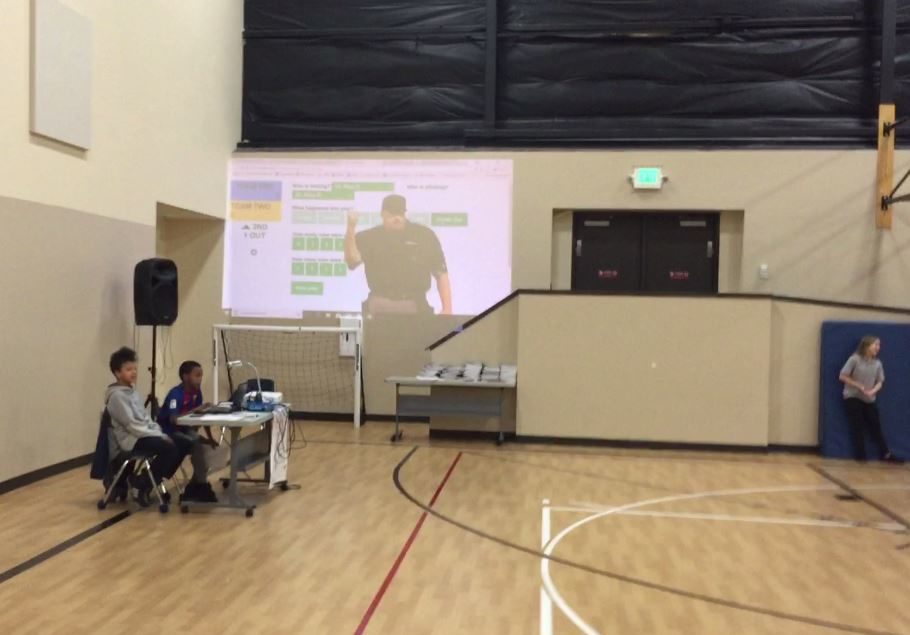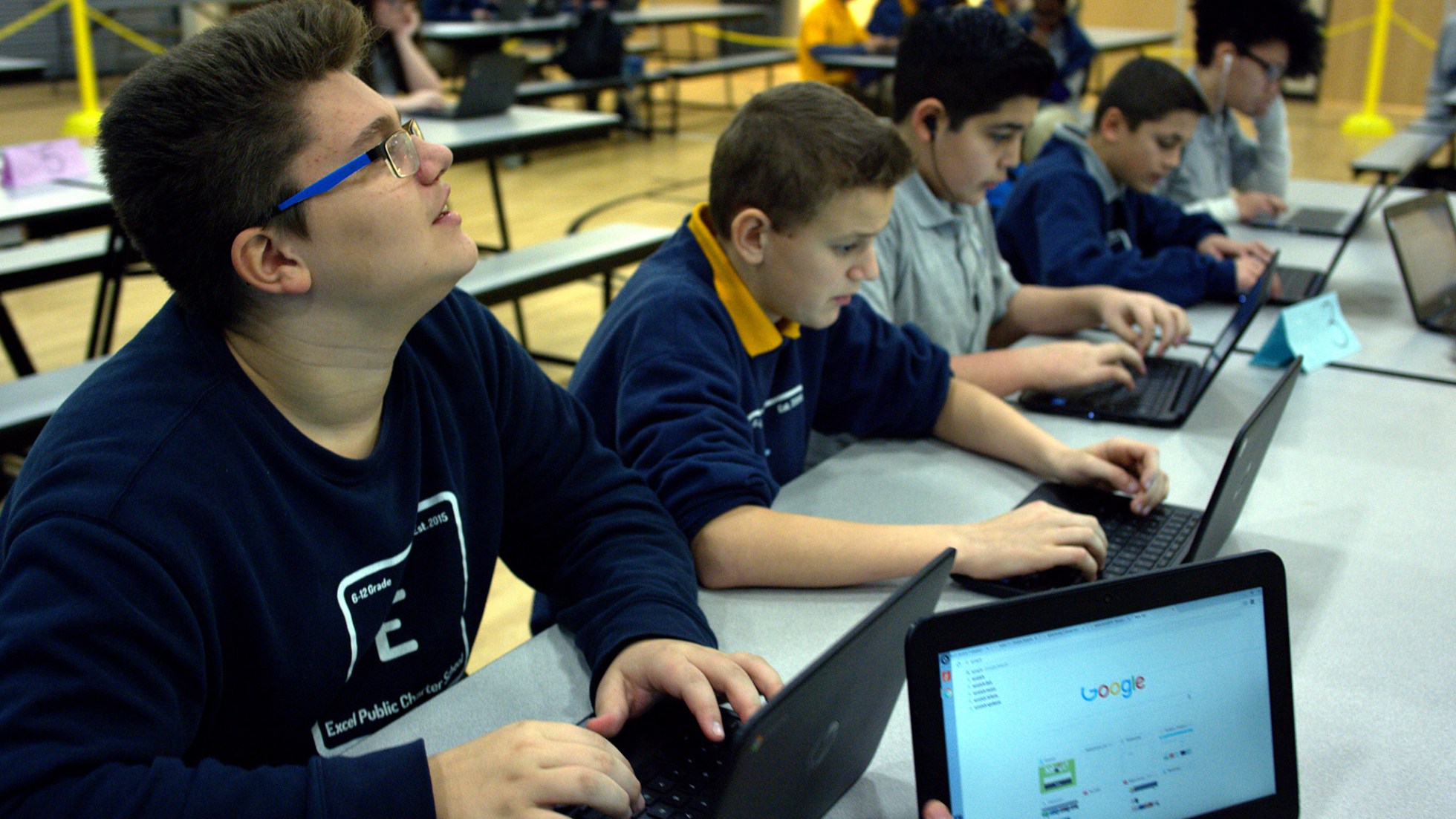Playing Kickball Using Sabermetrics and More Computational Thinking Fun

Every teacher I’ve worked with talks about the sanctity of the “lightbulb moment”–when a concept really clicks for a student and they can engage learning with confidence. One of the many reasons I’ve become passionate about teaching computational thinking (CT) is that well-planned and well-executed CT curricula produces those moments around rigorous concepts, generally disguised in fun. In doing so, CT helps students access complex concepts through activities or principles they’re already familiar with.
At Green Dot schools in Washington, these concepts are used to create deeper understanding in any and every subject area, from art to English Arts. Here are just a couple of the CT projects students are working on:
Can you rely on sabermetrics in kickball?

Student athletes at Excel are playing kickball using sabermetrics, the study of data related to baseball statistics. During each game, team captains collect real-time data from each play including runs, outs and kicking direction. At the start of each class, new teams are recruited by captains who look only at anonymized student statistics. Every student has their own player profile page available online with all of their stats. The CT focus of this unit is pattern recognition, helping students track their performance and the performance of their peers over time to optimize their strategies and increase their wins. Check out a video of Moneykickball in action!
Can you use algorithmic thinking to build a podcast?
Sixth graders at Rainier Valley Leadership Academy Middle School spent time this month recording their very own monomyth podcasts. In their Hero’s Journey unit, students learned about each of the individual components that make up a traditional monomyth, then followed those same steps to create a hero of their own design (after considering representation in popular media) and write a short story. The CT connection within this project was algorithmic thinking, as students followed a well-defined series of steps (generated by recognizing patterns in existing monomyth stories) to craft a journey for their hero that hit all of the familiar story beats.

Can the concept of decomposition help transport turtles?
At Destiny Middle School, eighth graders embarked on an engineering design project to safely transport turtle eggs from a Tacoma construction site to a nearby conservation center. After brainstorming ideas ranging from heat lamps and jets to sand and Styrofoam molds, students leveraged their knowledge of exothermic chemical reactions and ran a series of labs to determine the correct balance of materials needed to maintain the perfect temperature range and physical support for the small, fragile eggs. In this activity, students used decomposition, a core CT skill that means taking a large, potentially-ambiguous problem and breaking it down into smaller pieces to better focus on one aspect of the challenge at a time.
Can you paint a mural with a grid?

Student artists are also getting ready to paint a large mural in the Destiny cafeteria, and are building up the set of skills necessary to be successful with such an ambitious endeavor. One critical skill students need is gridding, the practice of breaking down a design into small squares and recreating the same design at another scale by focusing on one square at a time. Eighth graders in the class were able to relate the decomposition used in gridding with that same thinking process recently used in their science class to form a powerful cross-disciplinary connection!
Teaching students CT skills requires equipping students with the tools to solve real-world problems using the fundamentals of computer science. Through concepts such as algorithmic thinking, pattern recognition and decomposition, students are applying computer science basics in order to break down complex scenarios in every field. Lesson by lesson, project by project, we’re watching students take in new tools for thinking and analysis, gradually preparing for them college, leadership and life.

By Eli Sheldon
Computational Thinking Specialist

